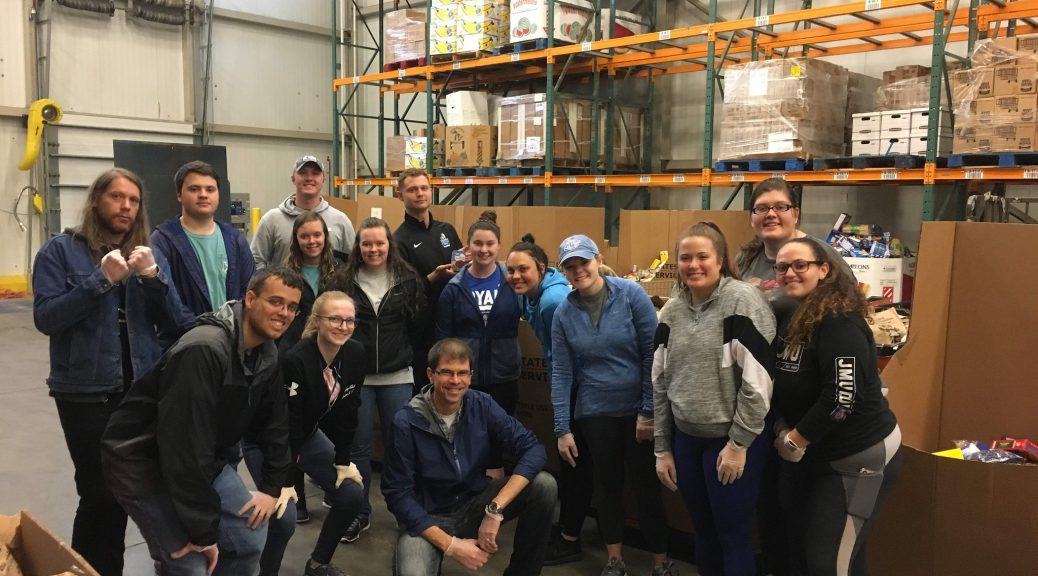After 3 long days in the bus, including a 2.5 hour-long delay due to engine issues, we rolled into Capetown. As an exhausted and grateful bunch, we unpacked the bus, dragging our suitcases up 3 flights of stairs to our new home for the next 10 days. Many of us feel refreshed with the … Continue Reading ››
Tag Archives: featured
Puerto Rico: Guanica
June 6, 2019
On Monday June 3 we went to Guanica, which is in the southwestern part of the island. We heard about the sugar factory that was actually located in a town called Ensenada. People who lived in Ensenada were able to work right there at the factory and when they got off work they … Continue Reading ››
South Africa: examining criminal justice
5 June, 2019
This is a short post, but it was a heavy day:
At a place in Johannesburg called Constitution Hill, we learned about the history of criminal justice through the Number Four prison and Women’s Jail. They were open during the majority of the 20th century, a reflection of apartheid, as they forcibly separated people … Continue Reading ››
Washington DC: We’ve seen it from all angles
May 6-24, 2019
Puerto Rico: Home stays
This week has been filled with new people, new experiences, and new destinations. One of these new experiences has included the opportunity to take Spanish classes, which has allowed us to expand our vocabulary and improve our ability to communicate in Puerto Rico. These Spanish classes were conducted at ISLA. T Continue Reading ››
Continue Reading ››
 Continue Reading ››
Continue Reading ››
Puerto Rico: bringing people together
25 May 2019
Our Catamaran trip was such an amazing experience!! We started out our trip on a 45-minute ride out to the small island of Cayo Icacos. It was beautiful there with the white sand and clear water (where the picture below was taken). Here, we practiced snorkeling, swimming, and had the opportunity to lay … Continue Reading ››
Mexico: Puebla
May 16, 2019
I have had so much fun attending Spanish classes at the Spanish Institute. My teacher makes class very fun and I really enjoy going. She has taught us many useful words and phrases that can be used during our time here in Mexico. She taught us how to order … Continue Reading ››
South Africa: understanding the Boer narrative
What we’ve experienced, which has provoked much thought and emotion, are the many ways in which one history can be told. In the last blog post, we focused on the how the oppressed experienced apartheid, which, on this cross-cultural, is intentionally what we’re choosing to focus on first. In … Continue Reading ››Puerto Rico
Mexico: beginnings














